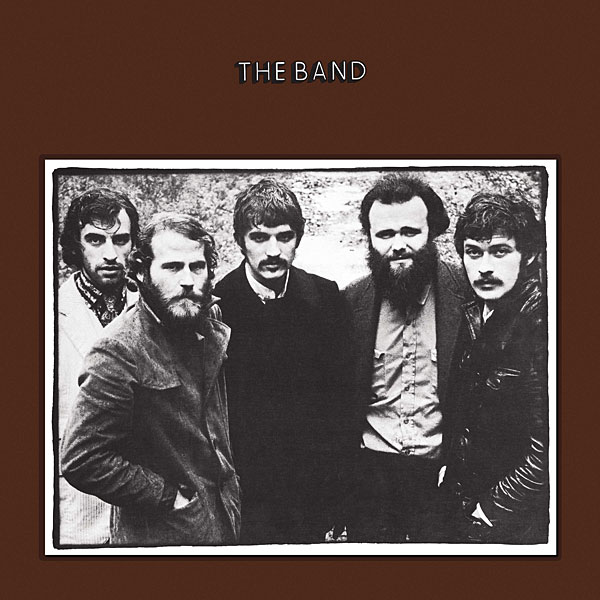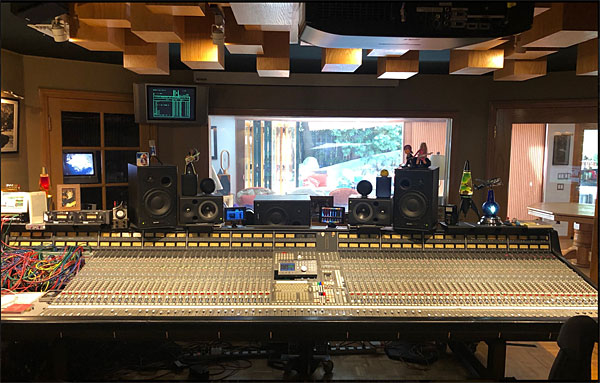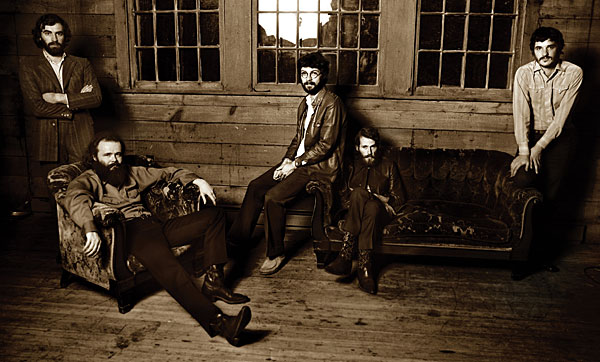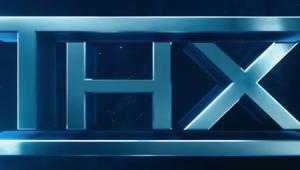Genuine But Better: How Bob Clearmountain Mixes The Band in Surround

In recent years, Clearmountain has been working closely side-by-side (and ear-to-ear) with Robbie Robertson, the chief songwriter and ace guitarist for The Band, to ensure their core catalog gets remixed, remastered, expanded, and repackaged accordingly for lovingly produced and regularly released 50th anniversary multidisc box sets via Capitol/UMe.
Chronologically speaking, Robertson and Clearmountain have already hit a collective homerun with the box set collections they've compiled for The Band's first three studio albums—namely, their July 1968 debut Music From Big Pink (its homespun feel almost instantaneously changed the course of rock music from psychedelic to psychoacoustic), September 1969's equally seminal The Band (also known as The Brown Album because of its sepia-toned and textured cover art), and August 1970's Stage Fright (a reflection on the not-so-hidden cracks in the group's armor).

As detailed in my recent in-depth feature story "When I Paint My 5.1 Masterpiece," Robertson has much admiration for Clearmountain's magic touch behind the board. "Bob is one of the few people I completely trust to work on things like this. Coming back and remixing records like The Band album is really touchy territory, and he knows that better than I do," Robertson told me. "There used to be a layer between you and the music. As Bob and I now understand, we can get rid of a lot of that layer, and let you come closer. And I think the closer you come to the music, the better off we all are." (I couldn't agree more!)
For his part, Clearmountain is quite clear-headed about his work with Robertson, and he looks forward to the continuation of that relationship—a relationship that will very likely include Dolby Atmos mixes in the future as well. "I am starting to work in Dolby Atmos, yes—but at first, I was kicking and screaming about it," Clearmountain says with a laugh. "But I'm getting into it. For something I'm working on right now, the ceiling speakers are getting some added effects and some reverb and ambience, and other things like that. Every now and then, I'll stick something up there for fun—but rarely." (Can't wait to hear what a full-on, shall we say, carnival of surround that mix will turn out to be. . .)
On two separate occasions that took place 11 months apart, I called Clearmountain, 68, at his studio homebase in Southern California to discuss his affinity for mixing The Band's core catalog in 5.1, why he feels there's no singular sweet spot for listening to surround mixes, and why he loved working on Robertson's self-titled solo album (and what he might do with it next). My bag is sinkin' low, and I do believe it's time. . .

Mike Mettler: As you know, I've talked with Robbie Robertson a number of times in the past couple of years about all The Band stuff you and he have worked on together. From your point of view, was there a big difference between the sound of the first two albums, Music From Big Pink and The Band?
Bob Clearmountain: There isn't much difference between the two. Well, what's unusual is, with the second one, The Band, I thought it was a better recording.
Mettler: That recording was done in a makeshift studio The Band had set up in Sammy Davis' poolhouse out in the Hollywood Hills, right?
Clearmountain: Right. The first one [Big Pink] was done in a few different recording studios [in New York and in Los Angeles]. My theory is, because of the way The Band wanted to set up in a circle facing each other all in the same room [for The Band], I think it kind of threw the engineers off. They weren't used to that kind of thing in recording studios, you know what I mean?
Mettler: I do. And the engineers didn't want them to do that at all. Robbie told me they were telling him, "We don't want you to record that way." And he kind of pushed back and said, "Nope, this is how we're doing it."
Clearmountain: Yeah, exactly. And they didn't know how to deal with it. They just had never come across anything like that. And, again, this is just my theory—obviously, I wasn't there—but they probably weren't accustomed to setting something up like that, so it really threw them.
And The Band probably wanted to do it quickly. Knowing Robbie, they didn't want to do a lot of different takes, or try different things. They just wanted to record the thing like, "What's the big deal? It's all rehearsed. We know how the songs go." (chuckles)

When they did that next album, The Band—first of all, the guys in The Band had more experience recording, so they knew what worked and what didn't work the first time [for Big Pink]. Plus, they had a lot more control over it themselves, and they could set it up exactly the way they wanted. I think they were probably quite a bit more relaxed about it because the time wasn't ticking away in a recording studio. There are so many factors that went for making it a better recording.
Mettler: Yeah, I'm with you on that. Let's talk about the mixes you did for Big Pink for a moment. I know you had to play with some volume-related things for that one. For example, it was around three-and-a-half minutes into "The Weight" where I believe something had to be done with the volume of the organ that sounded different to me than it did in the original stereo mix. You had to go back and do something before the line "Catch the cannonball" kicks in.
Clearmountain: You know, they didn't actually record the organ! (chuckles) I mean, you can hear it way off in the background. It was a four-track recording and the organ wasn't on any of the four tracks, but you could kinda hear the part. It was just in the third or fourth chorus, or something like that.
The thing is, I remembered I had done a remix a year or two before of the Rock of Ages concert [for The Band's expanded 2013 4CD/1DVD box set, Live at the Academy of Music 1971: The Rock of Ages Concerts]. I went back and found I still had it on my server as a multi-track, so I just pulled the organ off of that. It was Richard [Manuel], I believe, who played the organ on that one, so I pulled that off and added it in there to the studio version, because it seemed like it should have been there.
Mettler: It was kind of like the missing element, in a way. And the way the vocals stack on the key part of the "and"—where all three of the vocalists [Richard Manuel, Levon Helm, and Rick Danko] sing the "and" one after each other as the buildup to the line, "You put the load right on me"—that's one of my favorite surround sound moments ever, honestly. You have the character of each of those three singers all together in that moment, and by bringing them together in that way, I mean, man—it's really something else.
Clearmountain: Oh yeah—yeah!





























































